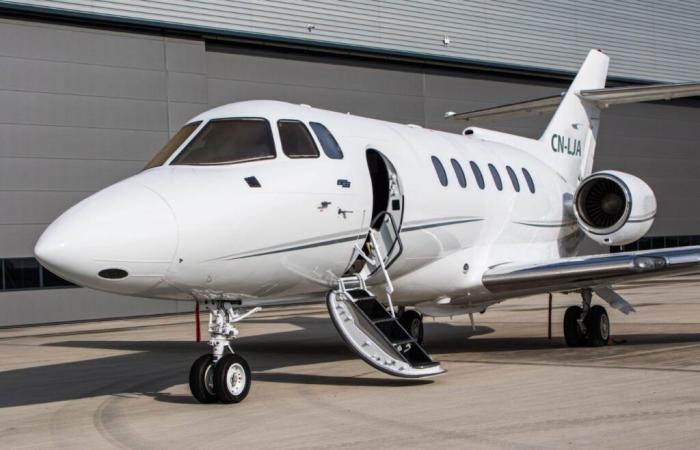The rise of the private aviation market in Morocco is a remarkable phenomenon. Indeed, according to Ionic Aviation, a London-based aviation services provider, Morocco is now home to nearly half of the business jet fleet in North Africa. This dominant position raises questions about the economic dynamics and factors that have propelled this country to the forefront of such a competitive sector.
Morocco, with a population of around 36 million and a GDP of around $145 billion, has a particularly dynamic business aviation market. This contrasts with regional neighbors like Egypt, which has the region’s largest economy but is only second in terms of private jets. With its population of over 100 million and a projected GDP of $395 billion in 2024, Egypt might seem a better candidate for market supremacy, but it is Morocco that stands out.
At the heart of this boom is Morocco’s growing appeal as a prestigious tourist destination. Its rich cultural and historical offerings and enchanting landscapes make it a preferred choice for travelers from around the world. This is especially true for a wealthy clientele seeking unique and tailor-made experiences. Private jets perfectly meet this demand, offering a trip that combines comfort, flexibility and exclusivity.
Morocco’s international airports, such as Casablanca’s Mohammed V Airport and Marrakech’s Menara Airport, play a key role as major hubs for private aviation. These facilities cater to a demanding clientele that wants to avoid the hassle of traditional commercial travel and prefers a more personal solution.
In the landscape of aircraft operating in the region, midsize and super-midsize jets dominate, making up approximately 40% of the fleet. Textron/Cessna is the leading equipment manufacturer, with models such as the Citation XLS/XLS+, Sovereign, and Mustang enjoying notable popularity. This aircraft family is recognized for its ability to deliver a premium flying experience while efficiently serving the Moroccan market.
However, despite its success, Morocco’s private aviation sector is not without its challenges. Aircraft financing is a recurring problem, compounded by concerns over safety, transparency and ageing fleets – a problem particularly visible in Tunisia and Algeria, where jet presence is very limited. The Tunisian fleet, for example, is the oldest in the region with an average age of 30 years, hampering the investment capabilities of international lenders.
Despite these challenges, Morocco appears well positioned to consolidate and perhaps even extend its dominance in North Africa’s business aviation sector. Continued growth in demand for personalized and luxury travel, as well as ongoing efforts to improve aviation infrastructure, suggest positive prospects for the future.
In conclusion, for those who dream of discovering Morocco with elegance and ease, it has never been more appealing to consider the option of a private jet. The Moroccan landscape, rich in history and diversity, is just waiting to be explored from this privileged angle. For investors and aviation professionals, Morocco offers a fascinating case study of how a country can establish itself as a regional hub for business aviation, despite apparent economic and geographical limitations.






